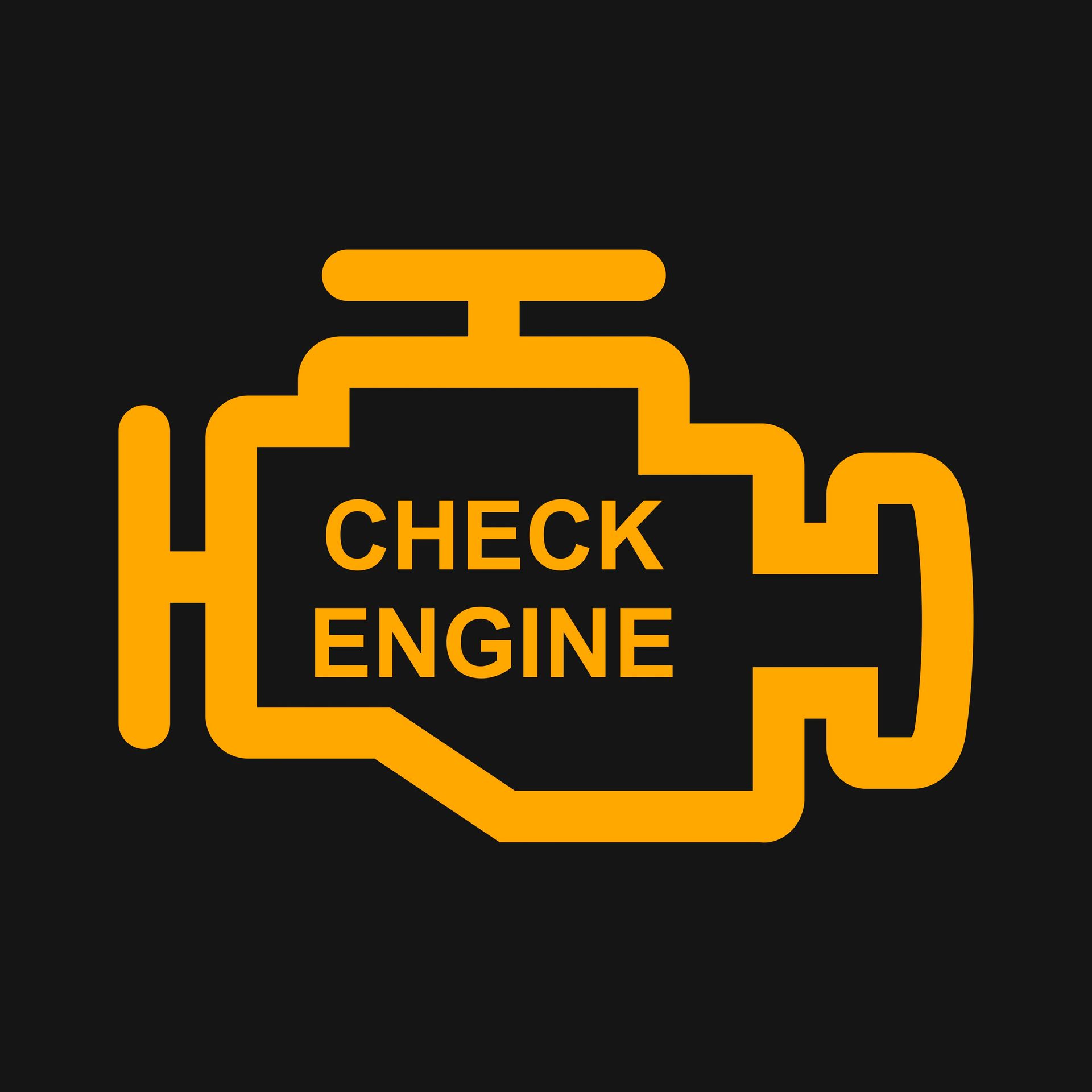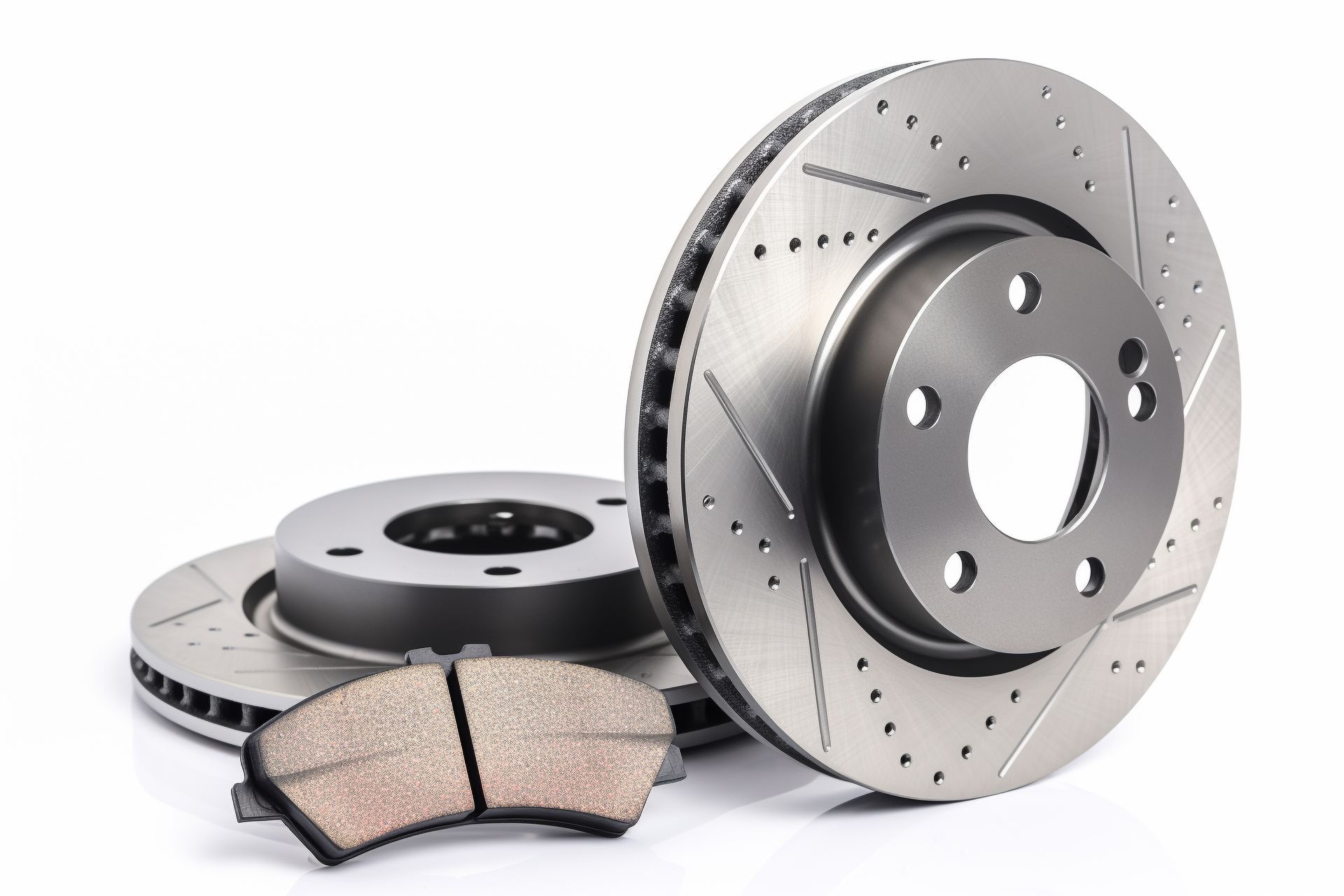A power steering flush is a maintenance procedure performed on a vehicle's power steering system to remove old or contaminated power steering fluid and replace it with fresh fluid. The power steering system assists the driver in turning the steering wheel, making it easier to control the direction of the vehicle. Power steering fluid plays a crucial role in ensuring the smooth and efficient operation of the power steering system.
Over time, power steering fluid can become contaminated with debris, wear particles, and moisture, which can lead to reduced performance and potential damage to the power steering components. To maintain the power steering system's functionality and prolong its lifespan, it's important to periodically perform a power steering flush. Here's an overview of the power steering flush process:
- Assessment: A technician will inspect the power steering fluid reservoir and the condition of the power steering fluid. They will check for signs of contamination, discoloration, or deterioration.
- Removal of Old Fluid: The old power steering fluid is drained from the system. This is typically done by disconnecting the return hose from the power steering pump, allowing the old fluid to drain into a container.
- Flush with Fresh Fluid: Fresh power steering fluid is added to the reservoir, and the engine is started. As the engine runs, it circulates the fresh fluid through the power steering system. This process helps remove any remaining old fluid and contaminants.
- Purge Air Bubbles: Air may be introduced into the power steering system during the flushing process. To ensure proper operation and eliminate air bubbles, the technician may perform a series of steering wheel rotations and check the fluid level in the reservoir to make sure it's at the correct level.
- Testing: After the power steering flush is complete, the technician will test the power steering system to ensure it's functioning correctly. This includes checking for smooth steering wheel operation and responsiveness.
The frequency of power steering flushes can vary depending on the manufacturer's recommendations and driving conditions. Some vehicles may require a power steering flush every 30,000 to 50,000 miles, while others may have longer intervals. It's essential to consult your vehicle's owner's manual and follow the manufacturer's guidelines for maintenance.
Regular power steering fluid maintenance helps prevent power steering system problems, such as noise, stiffness, and leaks. It also contributes to smoother and more precise steering control, making the driving experience safer and more comfortable. If you notice any issues with your vehicle's power steering system, such as difficulty turning the steering wheel or unusual noises, it's essential to have it inspected and serviced by a qualified technician.










